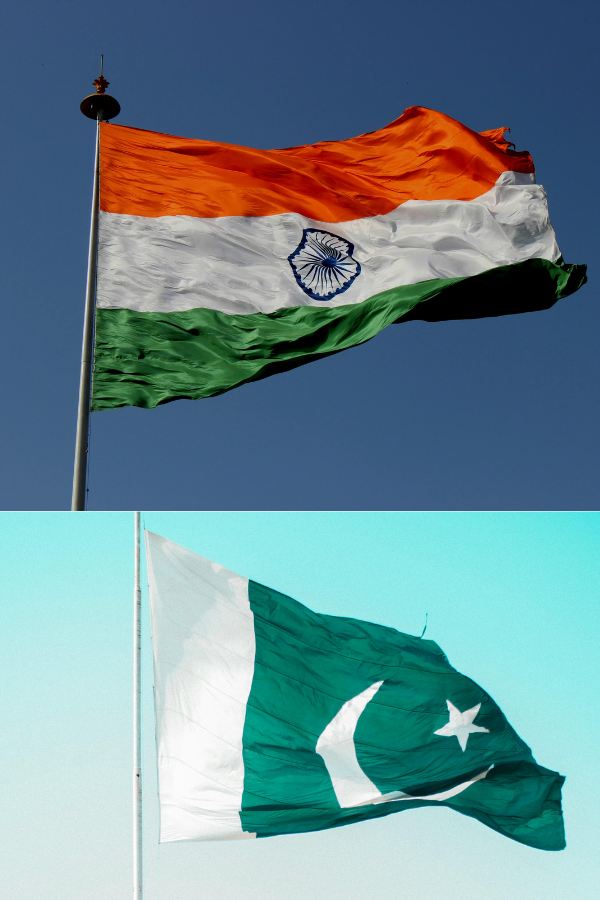India-Pakistan War 2025: Impact on Indian & Pakistani Financial Markets, Stock Indices, and Investor Confidence
11th June
India-Pakistan War 2025: Impact on Indian & Pakistani Financial Markets, Stock Indices, and Investor Confidence
Stock Market Reaction to the India-Pakistan War
The 2025 India-Pakistan conflict triggered dramatic movements in both countries’ stock markets. The day after the ceasefire, the BSE Sensex surged by 3.7% and the Nifty50 by 3.8%, marking their best performance in years. This rally was supported by record mutual fund inflows and improved sovereign credit ratings for India. In contrast, the Pakistan Stock Exchange (KSE-100) jumped 9.4% as investors welcomed the truce. While the Indian rupee remained stable, the Pakistani rupee faced renewed volatility. Trading volumes soared on Indian exchanges as investors anticipated renewed stability.
Market Size and Resilience: India vs Pakistan
India’s stock market capitalization is about $5 trillion-245 times larger than Pakistan’s $20 billion market. This scale means that even large inflows or outflows have a muted impact on Indian indices, while Pakistan’s smaller market remains more volatile. India’s exchanges (NSE, BSE) offer deep liquidity and advanced trading infrastructure, helping prevent panic selling.
Economic Fundamentals
India’s economy ($3.5–4 trillion GDP) is the world’s fifth-largest, with per capita GDP around $2,500. Pakistan’s economy is under $400 billion, with per capita income below $1,700. India’s foreign exchange reserves exceed $640 billion, compared to Pakistan’s $10.3 billion (April 2025). India’s defence budget ($86 billion) dwarfs Pakistan’s ($10.2 billion), giving India greater resilience to absorb shocks.
Global Response: Ceasefire and Geopolitical Impact
The conflict drew intense international attention. World leaders, including the US President and EU officials, welcomed the ceasefire and urged restraint. Russia offered to mediate, reflecting its ties with both countries. China, with major investments in Pakistan (CPEC), called for calm. Turkey and Iran expressed support for Pakistan, while Israel backed India’s right to self-defense.
International organizations like the UN and NATO proposed monitoring mechanisms. India-Pakistan trade (about $2 billion annually) was already minimal and further suspended. India also paused the Indus Waters Treaty, reflecting deep mistrust. Internal unrest in Balochistan and attacks on CPEC projects added to Pakistan’s challenges.
Modi Government’s Decisive Response
Prime Minister Narendra Modi led a swift government response, holding high-level meetings with defense and security officials. In his national address, Modi warned of decisive retaliation against future attacks. India’s crisis war-rooms were activated, and intelligence agencies coordinated border surveillance. The government’s clear communication and cross-party support reassured both citizens and investors.
Investor Confidence in India
Despite the conflict, investor confidence in India remained strong. Analysts cited India’s robust economic growth, fiscal discipline, and ongoing reforms. The RBI stood ready to ensure liquidity. India’s modernized military and increased defense spending reassured markets that escalation risk was contained. Reforms like GST, the Insolvency Code, and liberalized FDI policies have strengthened India’s economic resilience.
Mutual Fund Stability
The episode highlighted the resilience of Indian mutual funds and the broader market ecosystem. For long-term investors, India’s fundamentals remain intact, making it a preferred destination even amid geopolitical tensions.
Conclusion: Lessons for Investors
The 2025 India-Pakistan ceasefire brought relief to financial markets and reinforced the importance of strong economic fundamentals, decisive governance, and international diplomacy. For investors, the key takeaway is clear: India’s financial markets have the depth, stability, and resilience to weather even the most severe geopolitical storms.

